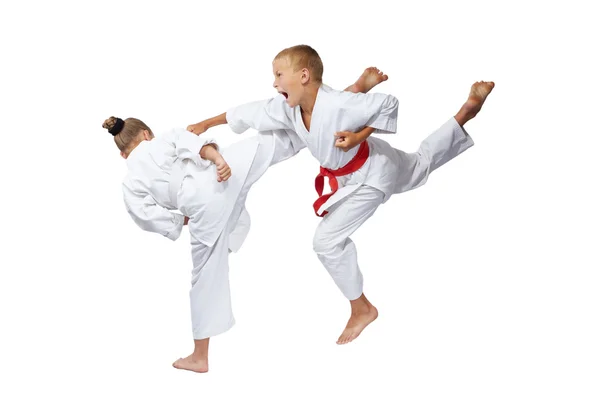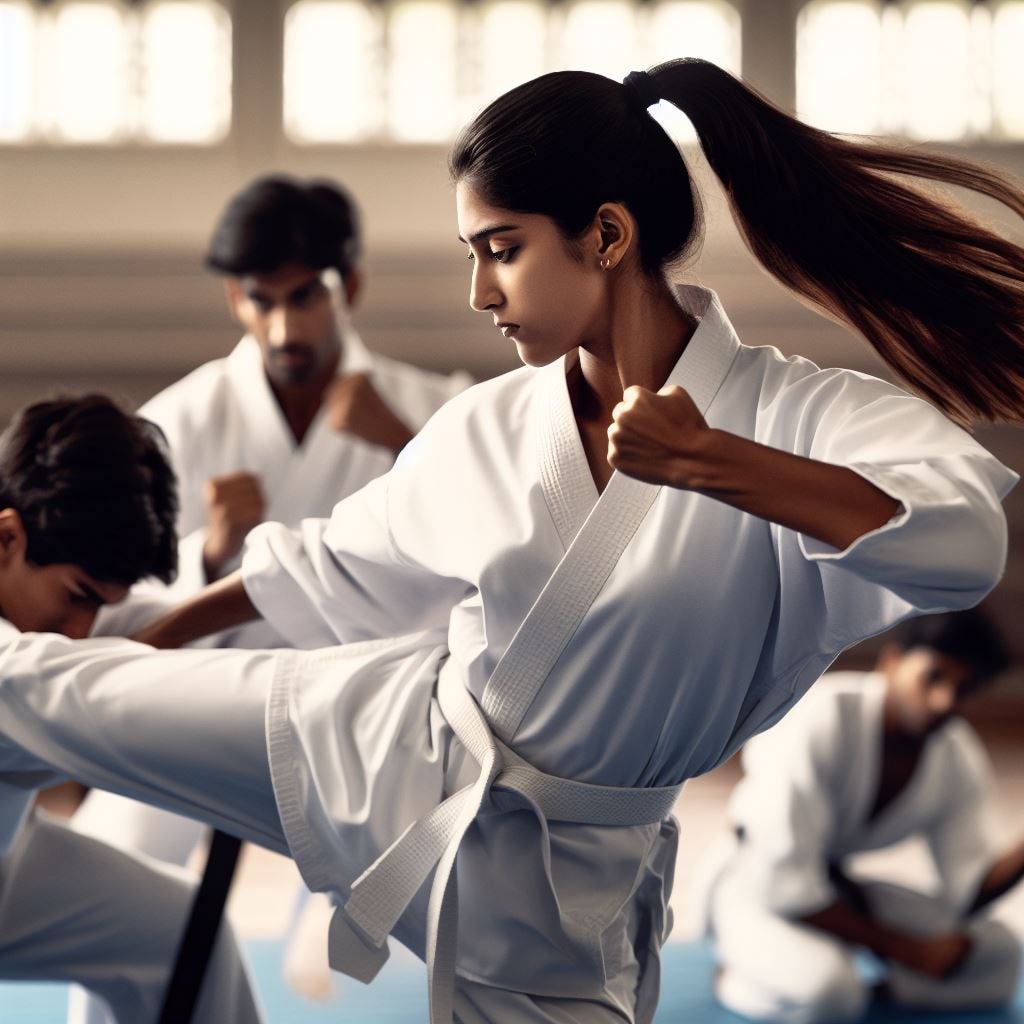ONE STEP FIGHT / SPARRING - BOYS / GIRLS UNDER 18
Martial arts require time, dedication, and consistent practice to develop the physical and mental skills necessary to defend oneself in a real-life combat situation. However, our martial arts style do offer training drills that simulate specific combat scenarios and help practitioners develop their reflexes, timing, and technique. These drills can be an important part of a martial arts training program, as they allow students to practice their techniques in a more dynamic and realistic setting. The importance of martial arts training goes beyond just learning how to fight. It can also help individuals develop discipline, focus, confidence, and a sense of responsibility. These traits can be applied to all aspects of life and can help individuals achieve their personal and professional goals. Ultimately, the key to becoming a proficient fighter is to commit to regular training and practice under the guidance of a qualified instructor. This requires patience, dedication, and a willingness to push oneself beyond one's limits. There are various training drills that martial artists can use to simulate specific combat scenarios. Here are some examples:
- Sparring: Sparring is one of the most common and effective training drills for martial artists. It involves practicing techniques and fighting against a training partner in a controlled setting, with protective gear to prevent injuries. By sparring, martial artists can develop their reflexes, timing, footwork, and strategies.
- Self-Defense Scenarios: Practicing self-defense scenarios can help martial artists prepare for real-life situations. These drills involve simulating common attacks such as punches, kicks, grabs, and chokes, and practicing how to react and defend against them.
- Multiple Attackers: Martial artists can also simulate scenarios where they are outnumbered by attackers. This can help them develop their situational awareness, footwork, and strategies to deal with multiple opponents.
- Weapons Training: Many martial arts involve weapons training, such as using sticks, knives, or swords. Practicing these techniques can help martial artists develop their coordination, timing, and precision.
- Ground Fighting: Ground fighting drills involve practicing techniques and strategies for fighting on the ground. This can be especially useful for martial arts such as Brazilian Jiu-Jitsu or wrestling, where ground fighting is a critical component.
It's important to remember that while these training drills can be useful, they should always be practiced in a safe and controlled environment, with proper protective gear and supervision.



